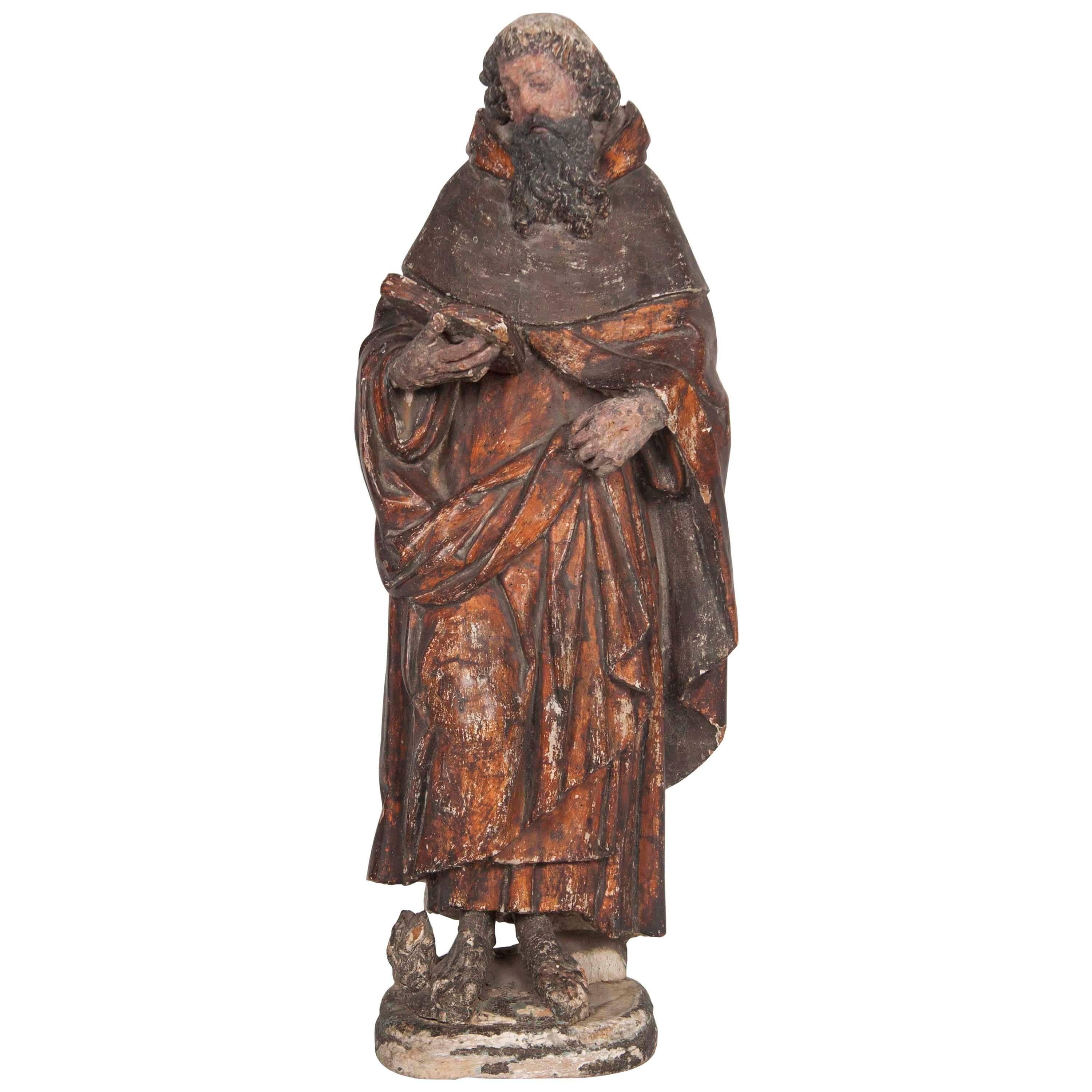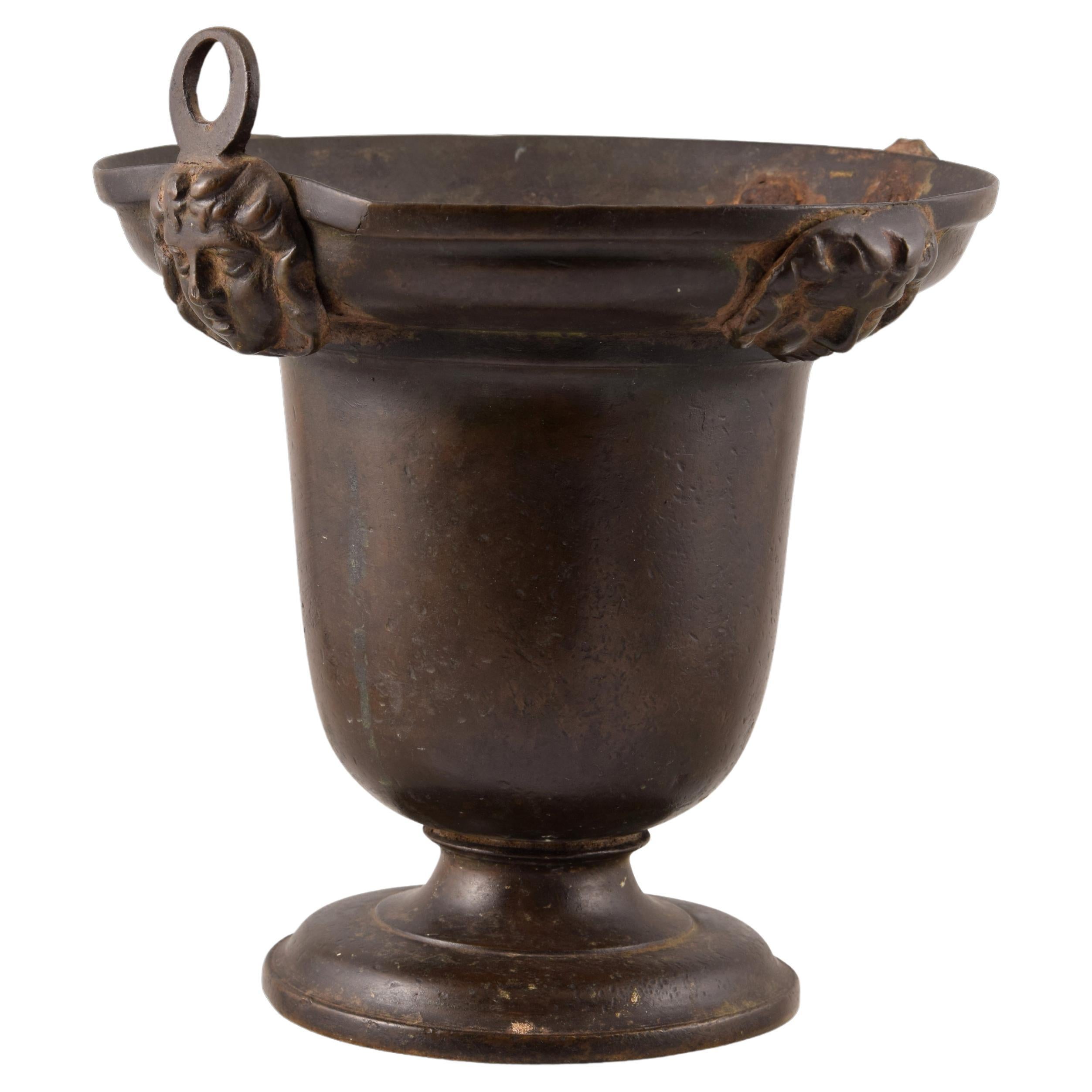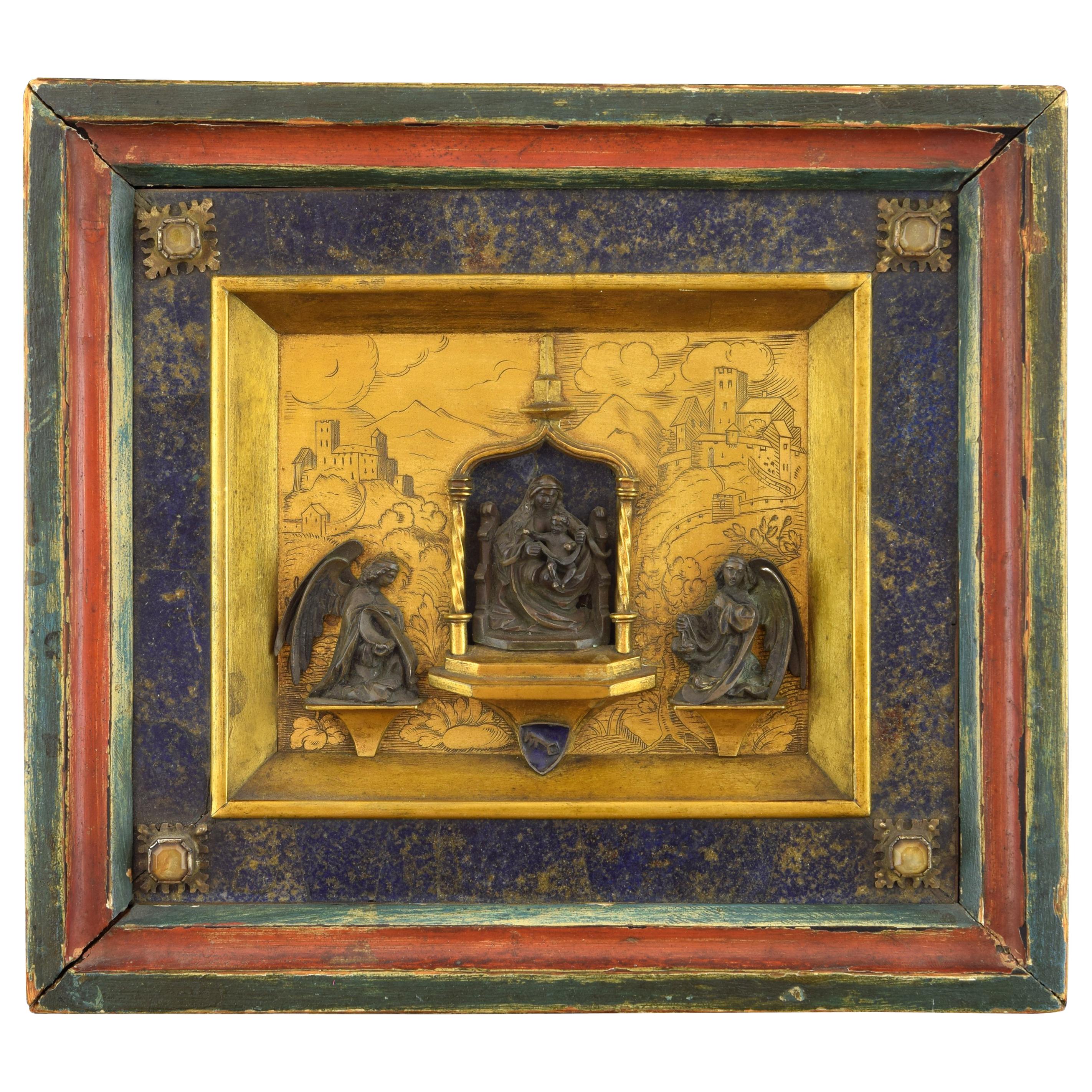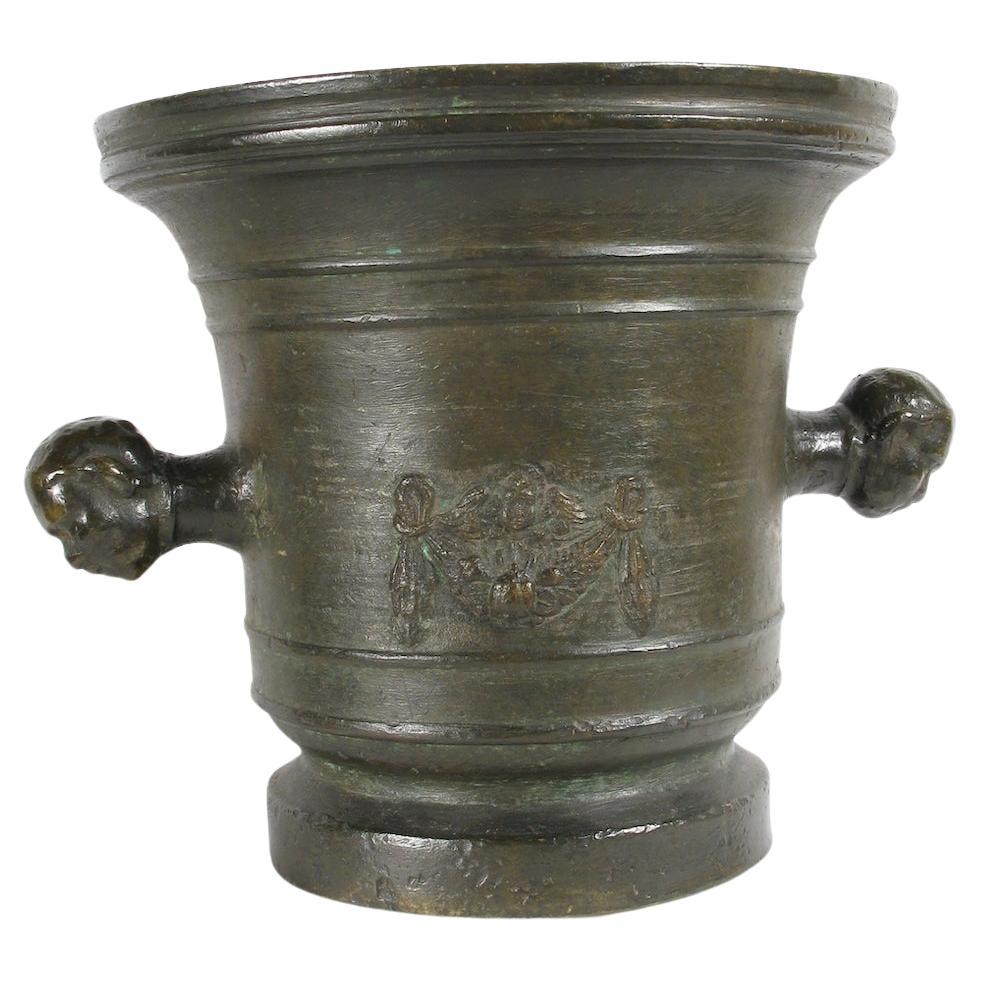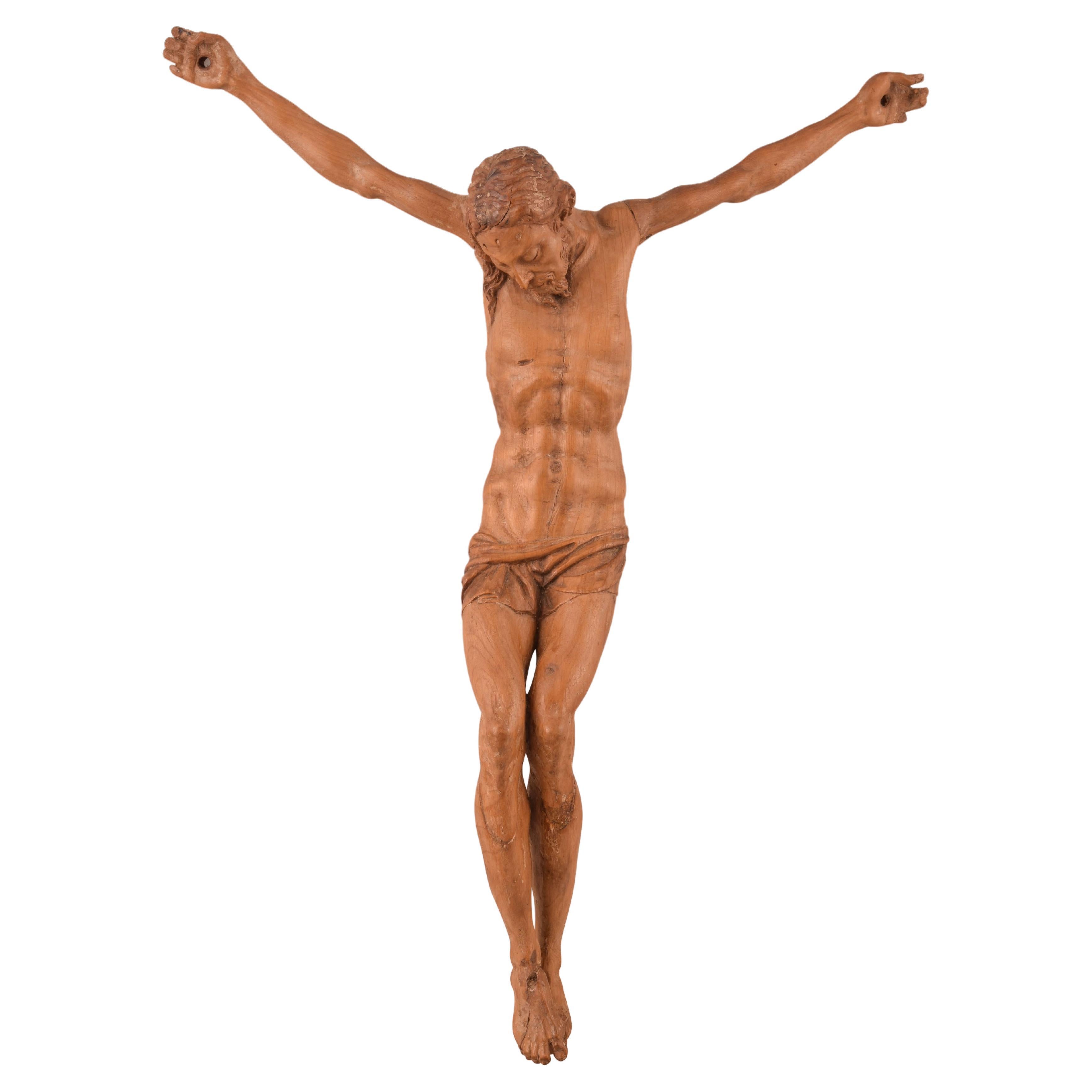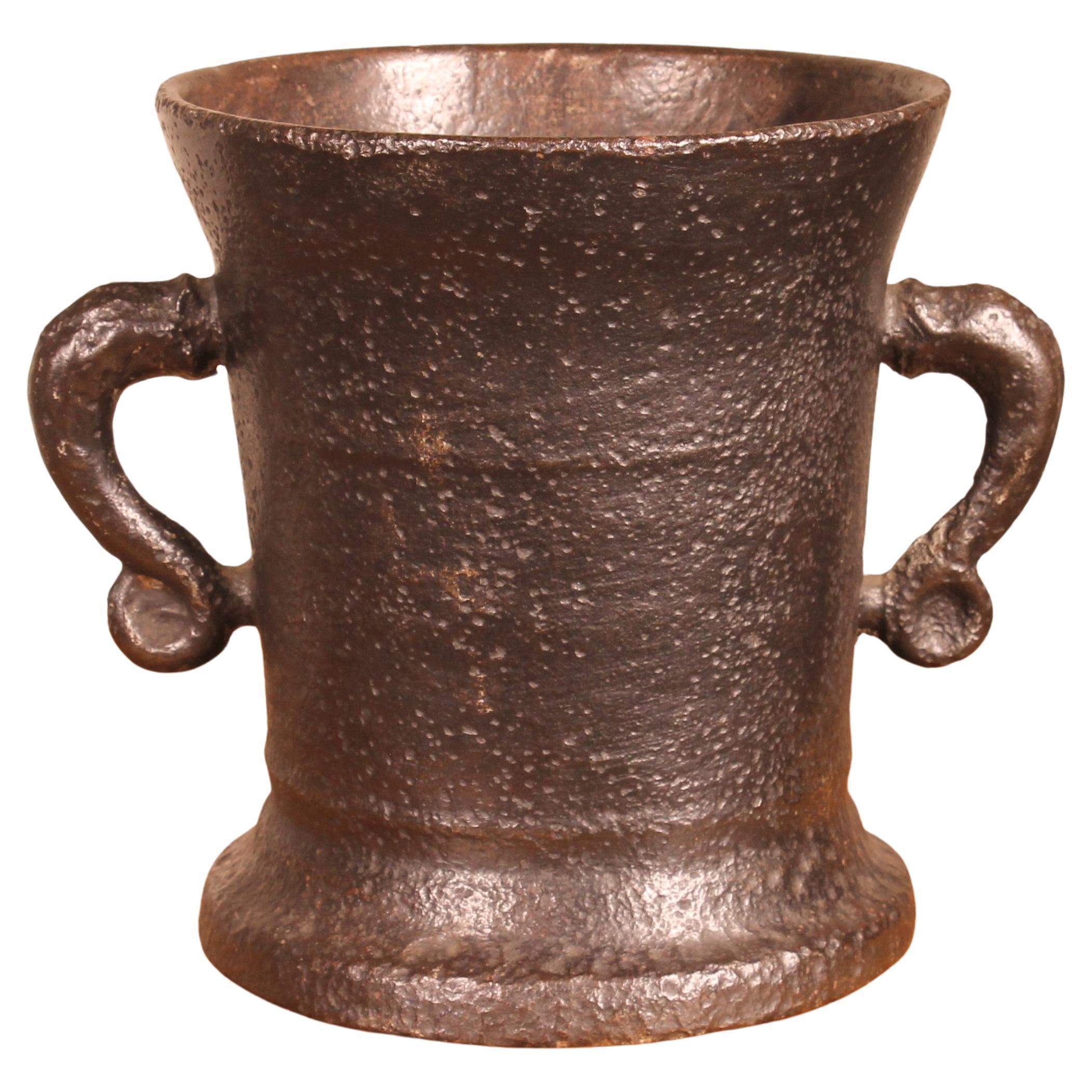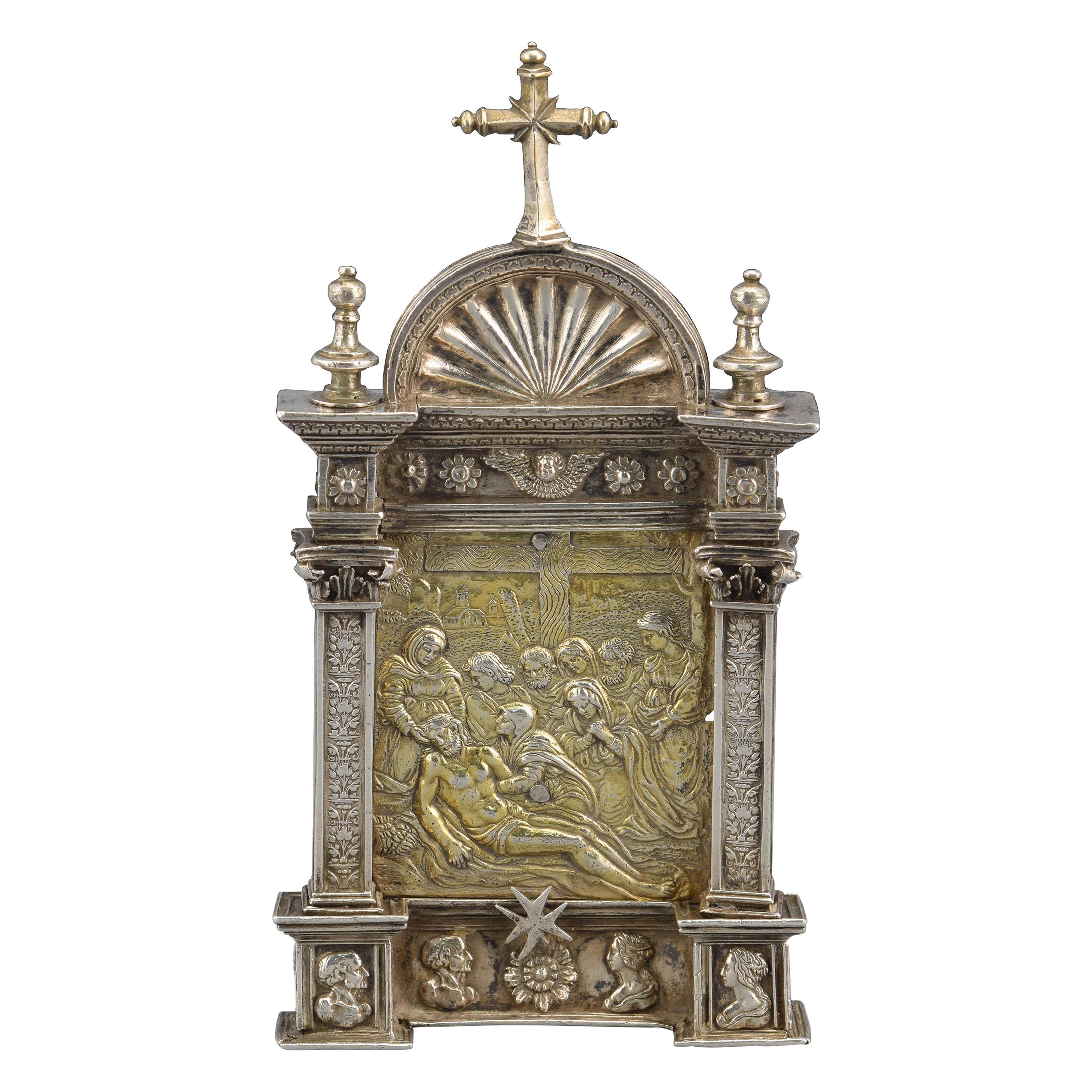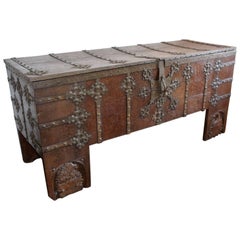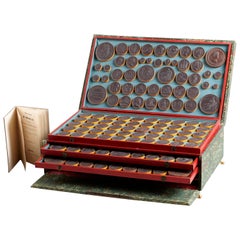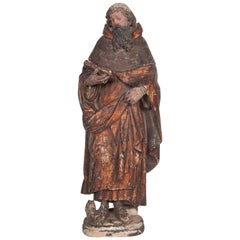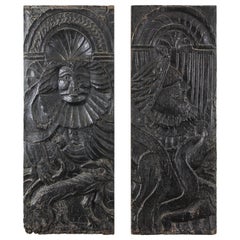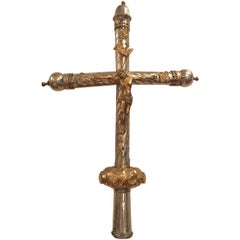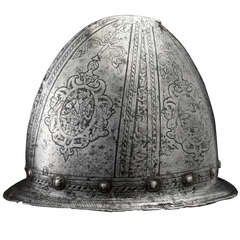
Italian Renaissance 16th C. Helmet
View Similar Items
Want more images or videos?
Request additional images or videos from the seller
1 of 4
Italian Renaissance 16th C. Helmet
About the Item
- Dimensions:Height: 8.08 in (20.5 cm)
- Style:Renaissance (Of the Period)
- Place of Origin:
- Period:
- Date of Manufacture:1580-1590
- Condition:Wear consistent with age and use.
- Seller Location:Worpswede / Bremen, DE
- Reference Number:1stDibs: LU9814823049
About the Seller
5.0
Recognized Seller
These prestigious sellers are industry leaders and represent the highest echelon for item quality and design.
Established in 1979
1stDibs seller since 2013
21 sales on 1stDibs
Typical response time: 15 hours
More From This SellerView All
- Pair of Large 19th Century Italian Grand Tour Black Marble Nero Antico ObelisksLocated in Worpswede / Bremen, DEA very attractive pair of Italian Grand Tour black marble obelisks. Detailed hieroglyphics to the front side, on a green marble plinth. Minor corner chips to both obelisks, otherwise...Category
Antique Late 19th Century Italian Grand Tour Architectural Models
MaterialsMarble
- Rare Late Medieval 16th Century German Wrought Iron Oak Chest or StollentruheLocated in Worpswede / Bremen, DEA very impressive Westphalian Gothic chest or ‚Stollentruhe’, Westphalia, Germany, circa 1500-1550. Wrought iron mounted oak, partially carved. The monumental rectangular standing chest with full-height stiles, extensively mounted with wrought ironwork straps terminating in quatrefoil finials which ’wrap’ around the chest edges. These are fixed with convex head nails. The ironwork with some remains of an originally red painted surface. In addition, running along the edges of the lid at the front and sides is a plain iron band, close-nailed. The feet of the two front legs are finely carved on the front face, in low relief with a rectangular arched ’panel’ depicting on the left a lion, on the right a dragon holding each a coat of arms. Regarding the age of circa 500 years, this coffer is in exceptionally good condition, with only smaller restorations. Comparative literature • Baumeier, Stefan, Beschlagene Kisten; Die ältesten Truhen Westfalens, Essen, 2012. • Falke, Otto von, Deutsche Möbel...Category
Antique 16th Century German Medieval Blanket Chests
MaterialsIron
- Rare French, Early 19th Century Napoleonic Medal CabinetLocated in Worpswede / Bremen, DERare French early 19th century Napoleonic medal cabinet on four gilt bronze pawfeet, a hinged door to the top and front opening to reveal four drawers containing 184 very fine bronzed plaster medals...Category
Antique Early 19th Century French Empire Historical Memorabilia
MaterialsPlaster, Wood, Paper
- Rare 17th Century Baroque Cabinet, South Germany Probably Augsburg, WunderkammerLocated in Worpswede / Bremen, DEA small architectural table cabinet, veneered in walnut and mulberry, the centre doors enclosing an arrangement of nine various sized drawers with bone knobs, behind a central door a...Category
Antique Late 17th Century German Baroque Cabinets
MaterialsBrass
- Rare Victorian Mid-19th Century Gothic Revival Library Architects Plan ChestLocated in Worpswede / Bremen, DEA neo-gothic mid-19th century library plan chest having an arrangement of eleven short and three long drawers to one side, the other side with three short drawers above gothic style linen fold panelling, centred with the carved monogram ‘HP’, further matching panelling to the sides. A stunning plan chest of good propartions and with a nice patina. Provenance: Sherborne School, an independent school in north-west Dorset, England, established in 1550. Among the ‘Old Shirburnians’ are for example the writer John Cowper Powys, the actors Jeremy Irons und Charlie Cox, Chris Martin, leadsinger of the band Coldplay as well as Sheikh Tamim bin Hamad Al Thani...Category
Antique Mid-19th Century English Gothic Revival Commodes and Chests of D...
MaterialsOak
- Unusual 18th Century Italian Rococo Three-Tier ÉtagèreLocated in Worpswede / Bremen, DEUnusual and very decorative three-tier étagère or guéridon of tapering form supported by three hoof feet. With its original polychrome paint. This guéridon is very elegant with it...Category
Antique Mid-18th Century Italian Rococo Gueridon
MaterialsWood
You May Also Like
- 16th Century Italian Renaissance Carving of a Male SaintLocated in Stamford, CT16th century Italian carved and polychromed figure of a male saint or prophet with a wonderful presence. Shown holding an open book in his right hand with flames at his feet, mid-16t...Category
Antique 16th Century Italian Renaissance Religious Items
MaterialsWood
- Renaissance Period Hand Carved Oak Panels, 16th CenturyLocated in Beuzevillette, FRSet of two 16th century oak panels, one representing a character accompanied by a dog, the other a character in flames, probably saints. These ...Category
Antique 16th Century French Renaissance Figurative Sculptures
MaterialsOak
- Period Renaissance Early 16th Century Processional Cross, FranceLocated in Vero Beach, FLExceptional Period Renaissance processional cross early 16th century, France Extremely rare and beautiful processional cross from the early period of the French Renaissance. This ...Category
Antique 16th Century French Renaissance Religious Items
MaterialsBronze
- Bronze Situla, 16th CenturyLocated in Madrid, ESAcetre. Bronze. Century XVI. Bronze piece that has a circular foot, and a circular body, with an outwardly hollowed mouth at the top, and a decoration in relief in this last area o...Category
Antique 16th Century European Renaissance Religious Items
MaterialsBronze
- "Madonna with Child and Angels". Italy, 15th-16th CenturiesLocated in Madrid, ESBronze in its color and gold, lapis lazuli, rock crystal, enamel. In the centre of the work is presented, enthroned, the figure of Mary, with a mantel (fireplace) on her shoulders and hair and holding on her knees the child, who appears addressing one of the angels. The virgin is also sheltered by an ogee arch supported on turned columns, and raised visually by steps. This composition achieves a very striking contrast: the dark bronze figure, in contrast to the lapis lazuli background and the part of the arch and the outside of it, in gilded bronze. Under the steps there is a heraldic enamel shield with a key on an azure background. The angels, kneeling, are flanking this figure, and, appearing in dark bronze, visually share the "category" of religious figures with Mary, while their (lower) position gives more status to both the Mother and Jesus. The rest of the composition is completed with a delicate landscape: constructions and walls on mountains, clouds in the sky, plants, stones, etc. To the outside, another lapis lazuli frame is placed decorated in the corners with appliques, giving way to carved and polychrome wood. The lapis lazuli is a semiprecious stone already known in the seventh millennium BC., found in deposits from the Caucasus to Mauritania. From the end of the middle ages, it increased its export to Europe, its use being more frequent since then both to use it as a pigment in paintings after grinding it (giving rise to the finest and most expensive of the blues, and of the colors in many occasions), as for backgrounds of paintings, incrustations in works of art, jewelry and, a little later, in the well-known "hard stone works". The figure of Mary still shows an influence of Gothic models, although more European than Italian, along with elements that could already show a closeness to the Renaissance: although the nakedness of Jesus is already shown in Gothic works (Madonna with Angels by Fra Angelico ), the creation of space by playing with the cloth in front of Christ can be appreciated in more advanced paintings (Virgin with Child by Domenico Ghirlandaio, National Gallery of London); the presence of a powerful throne can be seen frequently in Italian Madonnas of the Quattrocento (and before), but not quite as presented here. As for the landscape, it is necessary to compare it, for example, with that of the fresco of the Condotiero Guidoriccio de Fogliano (Simone Martini, finished in 1328). This is a work of great technical and aesthetic quality, not to mention the materials chosen for its creation, comparable only to outstanding examples from around the world, such as those preserved in the Palazzo Madama in Torino (Italy), where the coral It also has an important role. It is essential to mention, also, works such as the plate of hard stones (lapis lazuli between them) with a relief of Mary with the Child in...Category
Antique 16th Century Italian Renaissance Religious Items
MaterialsLapis Lazuli, Bronze, Enamel, Other
- Bronze mortar, Veneto, 16th centuryLocated in Brescia, ITBronze mortar, Veneto, 16th century Lost-wax cast bronze mortar with body outlined by parallel and succeeding frames delineating its circumference. On the two faces, in a central p...Category
Antique 16th Century Italian Renaissance Scientific Instruments
MaterialsBronze
Recently Viewed
View AllMore Ways To Browse
Franklin MInt On Sale
Mother Of Pearl Dagger
Helmet Dragoon
Hizen Katana
Vintage Acupuncture Posters
Jambiya Dagger
Horn Flask
Black Powder Flask
Firefighter Helmet
Leather Fire Helmet Used
Persian Helmet
Thai Sword
Vintage Captains Wheel
Antique Brass Powder Horn
Cavalry Boots
Hackman Knife
Leather Fire Helmet
Leather Gun Case Vintage
